The Muttrah Souq, or market, is big and is at its busiest in the late afternoon and into the evening. While there are tourists there, most of the market’s customers are locals — particularly groups of women in the gold souq buying jewellery for weddings and other special events.
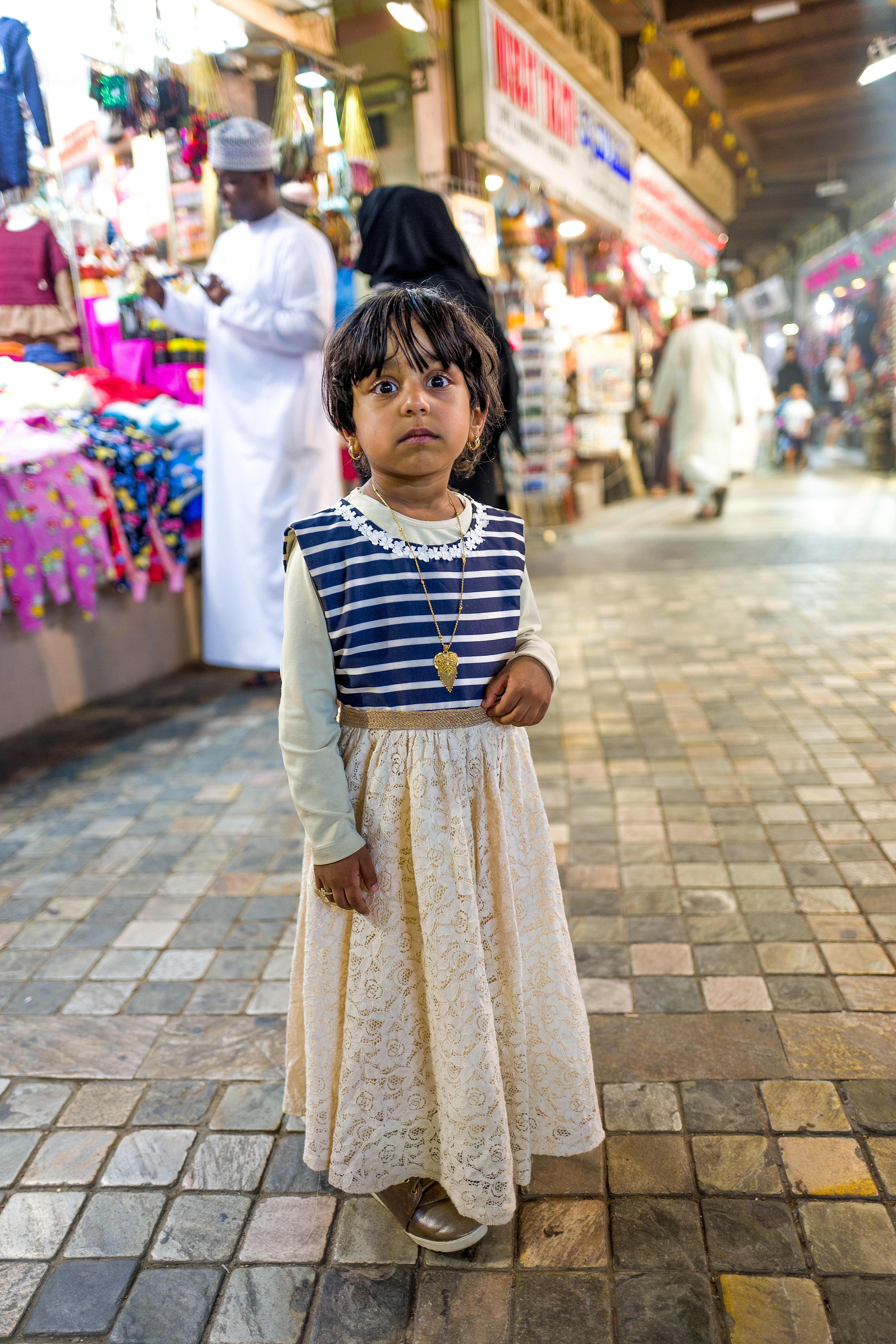
It was late afternoon when I saw this pretty young girl with her parents. I indicated that I wanted to take her picture and they were delighted. She looks rather bemused as I got down on one knee to take the shot. It really sums up Oman for me — a very colourful, interesting and friendly country.
Heading off the Gulf
But I’m getting ahead of myself. First, let me explain why I was in Oman in late December. I live in Terrigal on the Central Coast of New South Wales. It is a beautiful place to live except over the Christmas/New Year holiday weeks. It is high summer. The schools are on holiday and the heat is on. Terrigal becomes a very different place. The population of the town swells. The shops are full, the cafes and restaurants are full. There is nowhere to park. OK, these are all first-world problems, but I am not asking for sympathy as my wife and I decided to head off to Oman on the Persian Gulf.
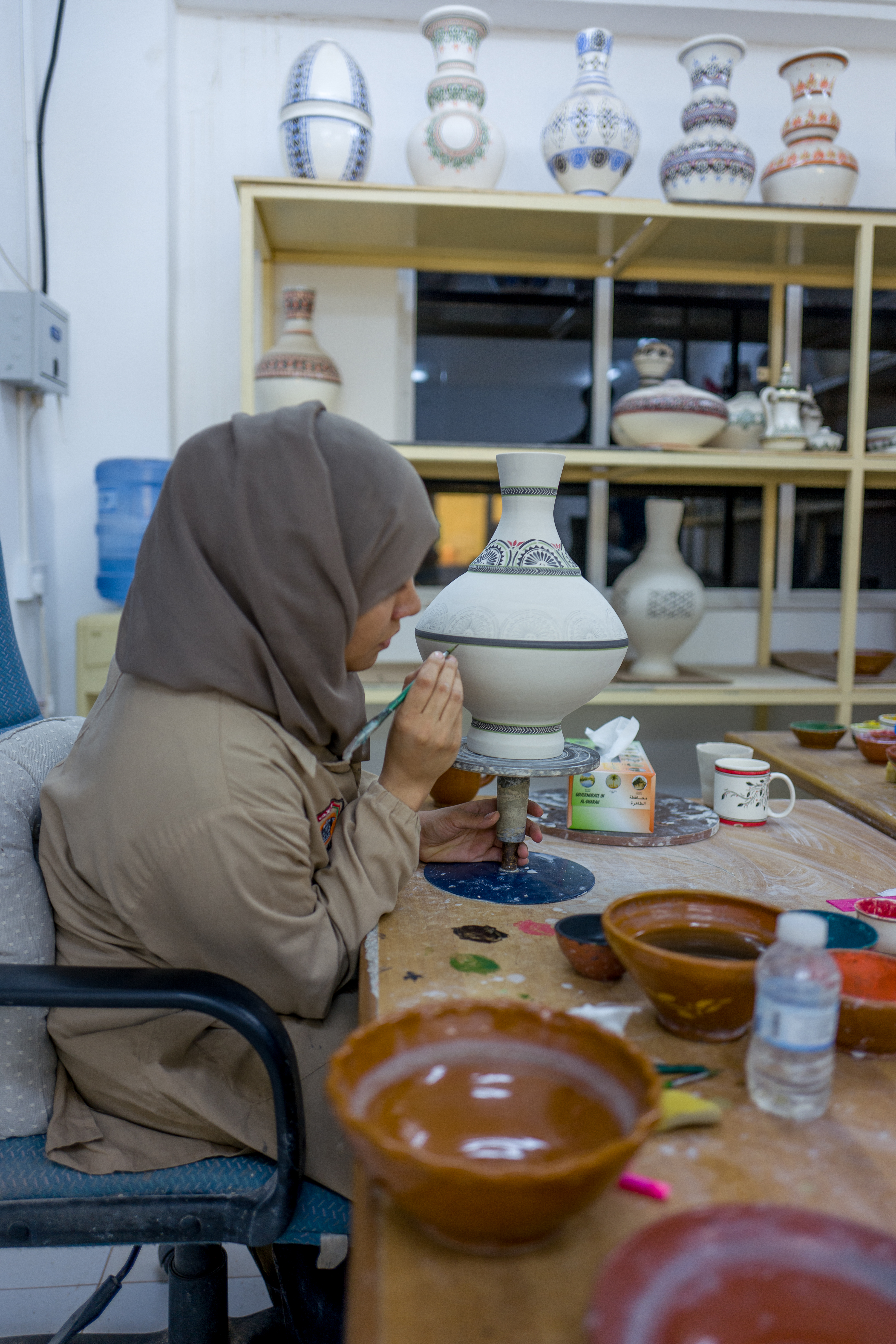
It’s a long way to go to escape the crowds, and, although we had already done so much travel in 2018, we had no hesitation in booking to go away at year end. It was only a 14-day trip. We would have liked to have stayed longer but the first weeks of the new year are peak tourist season for Oman, with “snowbirds” from Italy and, particularly, Germany escaping the European winter and the hotels were all full when we tried to book. So it was a short but very sweet trip.
History
As I said, we really took to Oman. It has an exceptional history. Up to 1970, it was a very backward country. Not even a country but just a loose collection of often troublesome tribes ruled by a very old fashioned autocratic ruler, Sultan Said, who was fiscally and socially very conservative. It is said that he kept the country’s oil revenue in a large chest under his bed and he did not spend any of it on desperately needed infrastructure.
In 1970 the country had only three schools, one hospital, no newspapers, no radio or TV and sported only two graded roads. Then, the average life expectancy of an Omani was just 47 years. This all changed on 23 July 1970 when the Sultan’s son, Qaboos, engineered a coup with the support of the small Omani army and the British Government and to send Sultan Said into a comfortable exile in a suite at London’s the Dorchester Hotel.
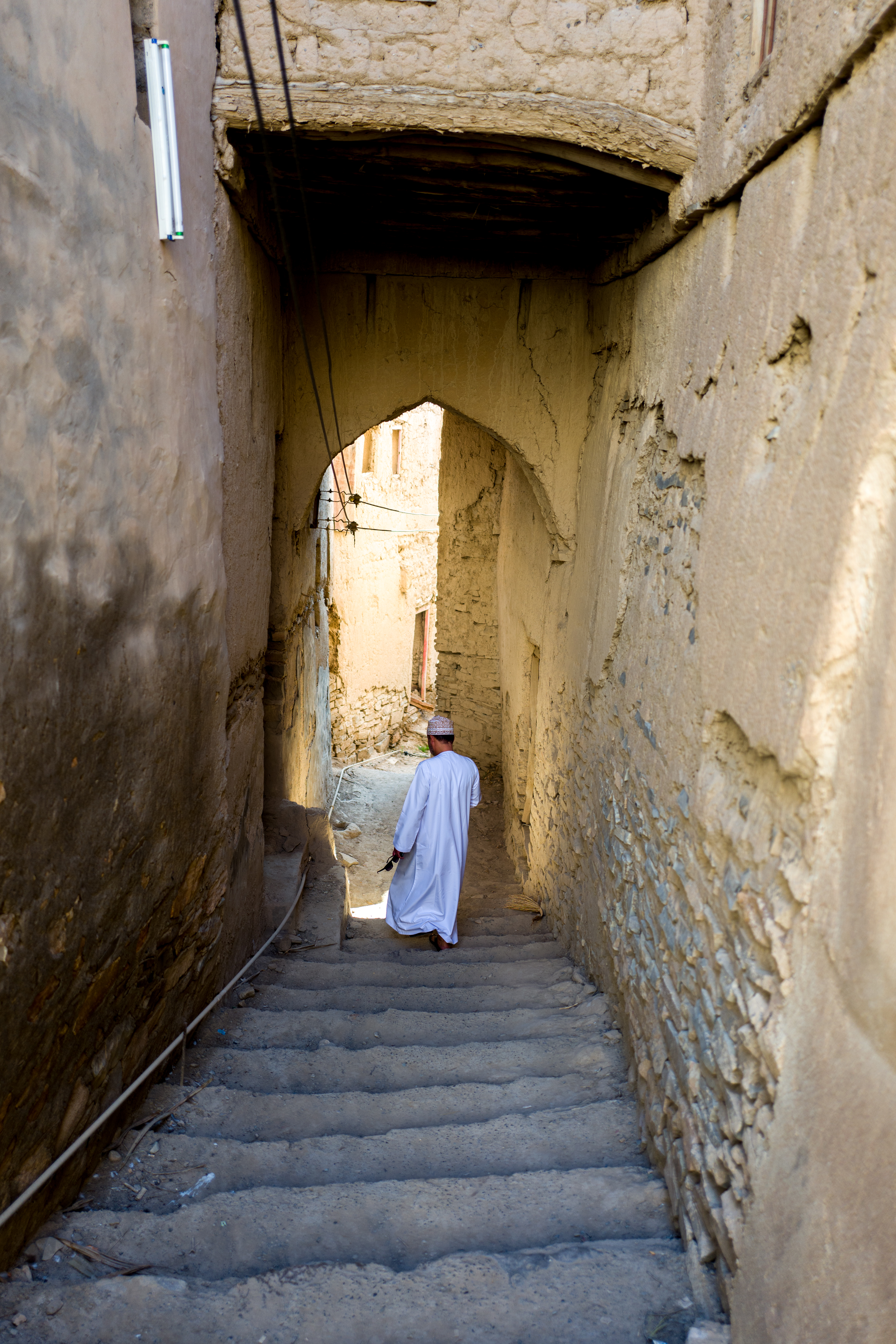
Coups often end badly and the track records of autocrats around the world are not good. But the Omanis really struck lucky with Sultan Qaboos, He has turned out to be a very enlightened and forward-thinking ruler. Having oil revenues has certainly helped and Qaboos has spent wisely on schools, hospitals and roads. No lavish “look at me, look at me” monster skyscrapers and blingy high-rise cities. No late model fighter jets and no dabbling in regional fights. All a marked contrast to Oman’s Gulf neighbours. Having a dominant, moderate Islamic sect, Ibadhi has also helped immensely as there are no sectarian tensions.
Most improved
In 2010 The UN Development agency rated Oman out of 135 countries as most ”improved” over the past 40 years. It did start from a very low base but it has done very well. The roads — there are not many but the population is small — are generally very good and often superb. The public buildings are modern. There are many schools and hospitals. Healthcare and education are free to all. Life expectancy is now 77 years. Airports are very modern. The country is clean. There is no graffiti. I have never driven anywhere where the drivers are so courteous. Sydney and Romanian drivers please note. With the country in such good shape, it is little wonder that Sultan Qaboos is so well respected. The challenge for Oman will come with his successor as he has no heirs and he is now 78.
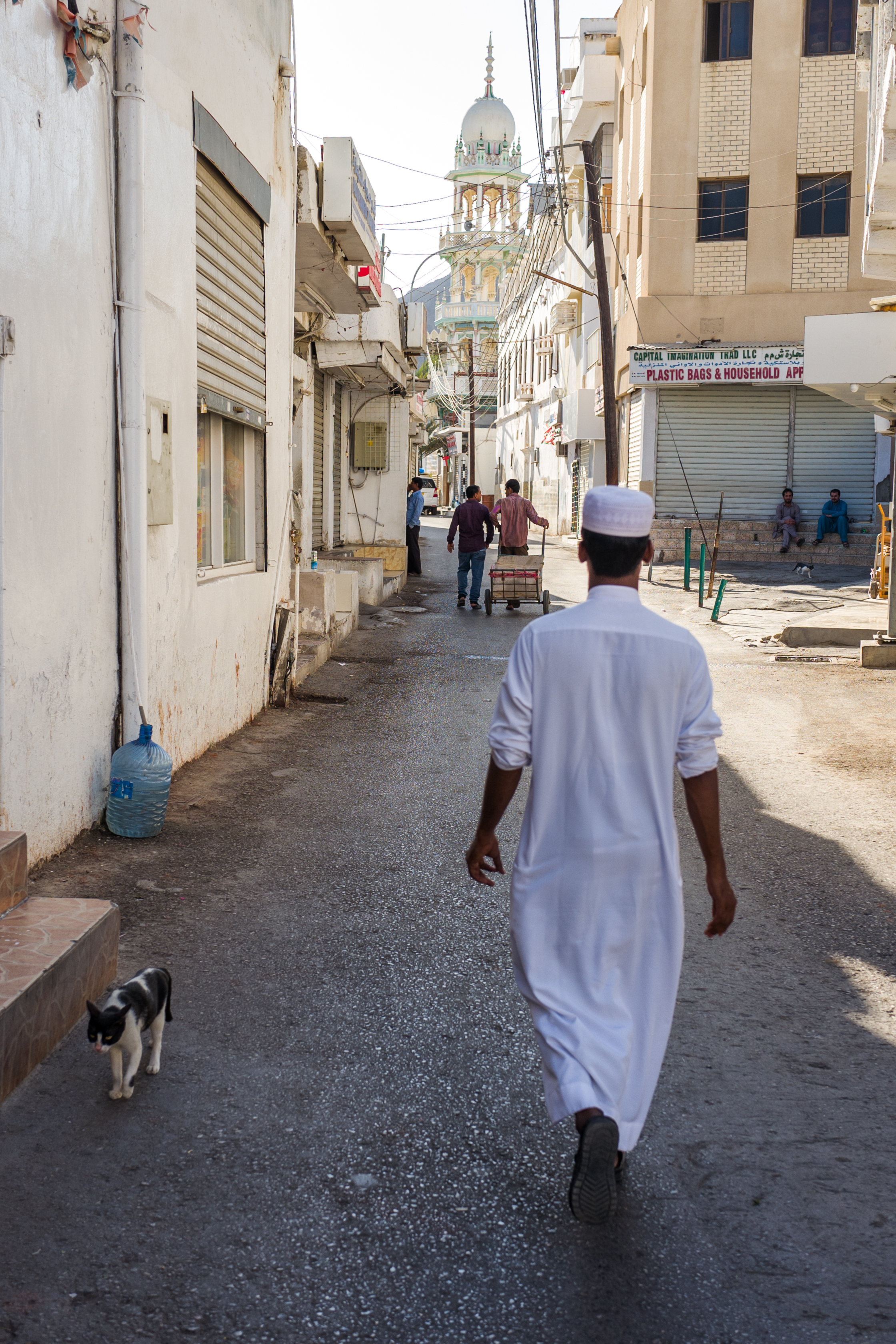
Besides all this, it is still a deeply religious, modest and conservative country. Ninety-nine per cent of the Omani men and women wear traditional dress — the dishdasha, the long white coat-like garment for men, and the burqa for women. If the sight of women in burqas upsets you then Oman is not for you.
Muscat
So back to our trip. After the long flight, we ventured forth into this interesting country four days before Christmas. After a few nights in the capital city, Muscat (the only city) we headed to the interior for a few days on the road. Lots to see. Very harsh mountains, massive deserts, forts and ancient buildings, an interesting coastline and of course camels. Thousands of camels.
Then we flew to the jewel of the south, Salalah, close to the border with troubled Yemen. Salalah is turning itself into a resort town with tourists lying in the sun by the pool, polishing up the skin cancer. As that was of no interest to us we took a Toyota 4WD and a guide and headed out of town where there is a great deal to see. If we had been able to stay longer I had teed up our guide to take me inland over the mountains into the Empty Quarter. Now that would have been interesting. Perhaps another day.
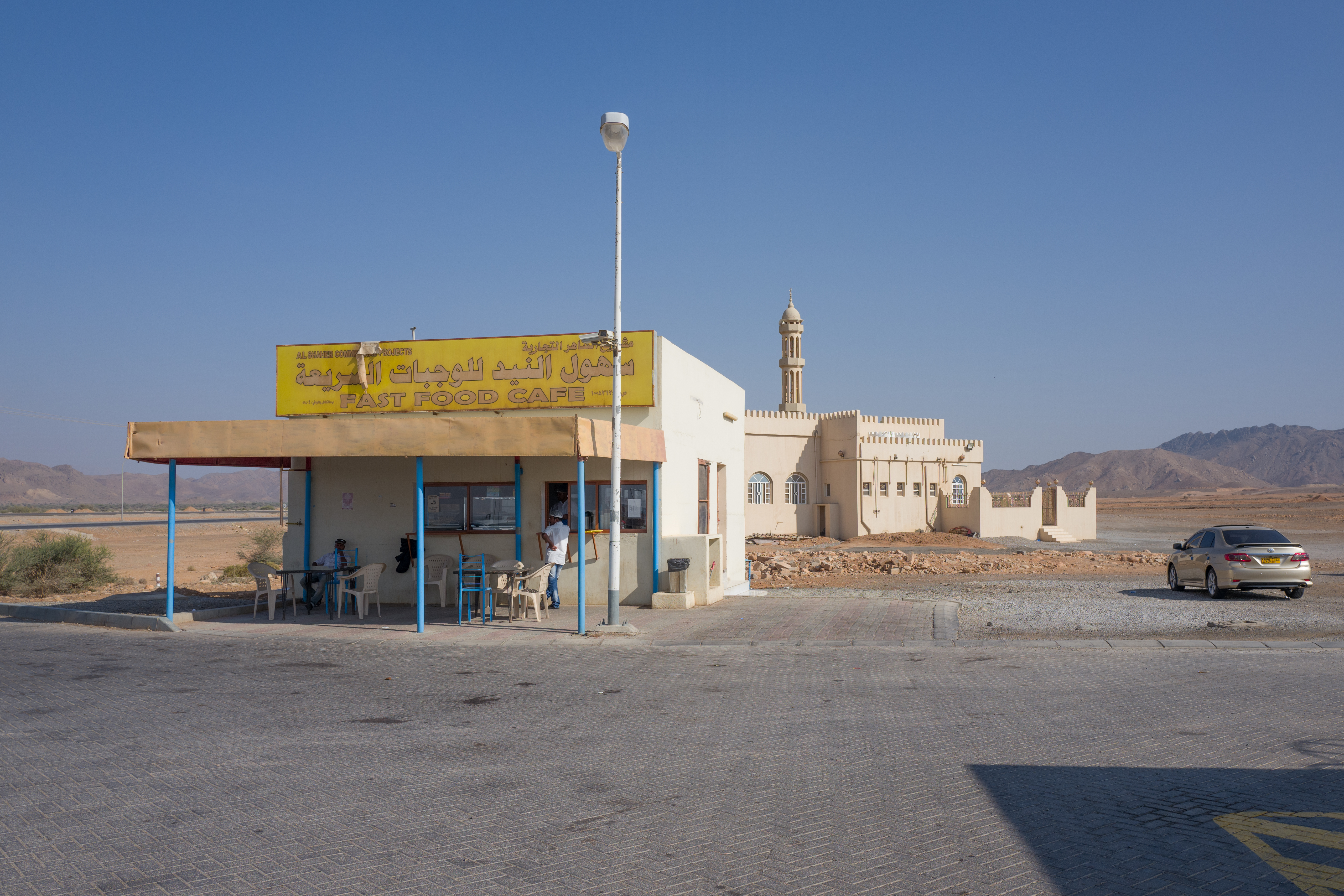
As it was we really did pack a lot of travel into the thirteen days. We stayed in a few hotels including two which were the equal of any we have ever experienced. On the other side of the coin, we had interesting roadside food with the locals including eating freshly cooked camel meat. It’s chewy like beef jerky.
Good English
We saw enormous blue turtles laying eggs on their breeding grounds at night. We saw real souqs and touristy souqs. we saw forts, abandoned villages and magnificent canyons and mountains. I met many charming Omanis — English is surprisingly widely spoken — and as an aside I met a number of Iranian tourists. I never pass a chance to chat with anyone along the road. Contrary to the narrative we are given in the West I found the Iranians I met to be charming, friendly and eager to be liked. I am sure not a single one of them was an extremist eager to slash my throat or drop a nuclear device on Terrigal or New York.
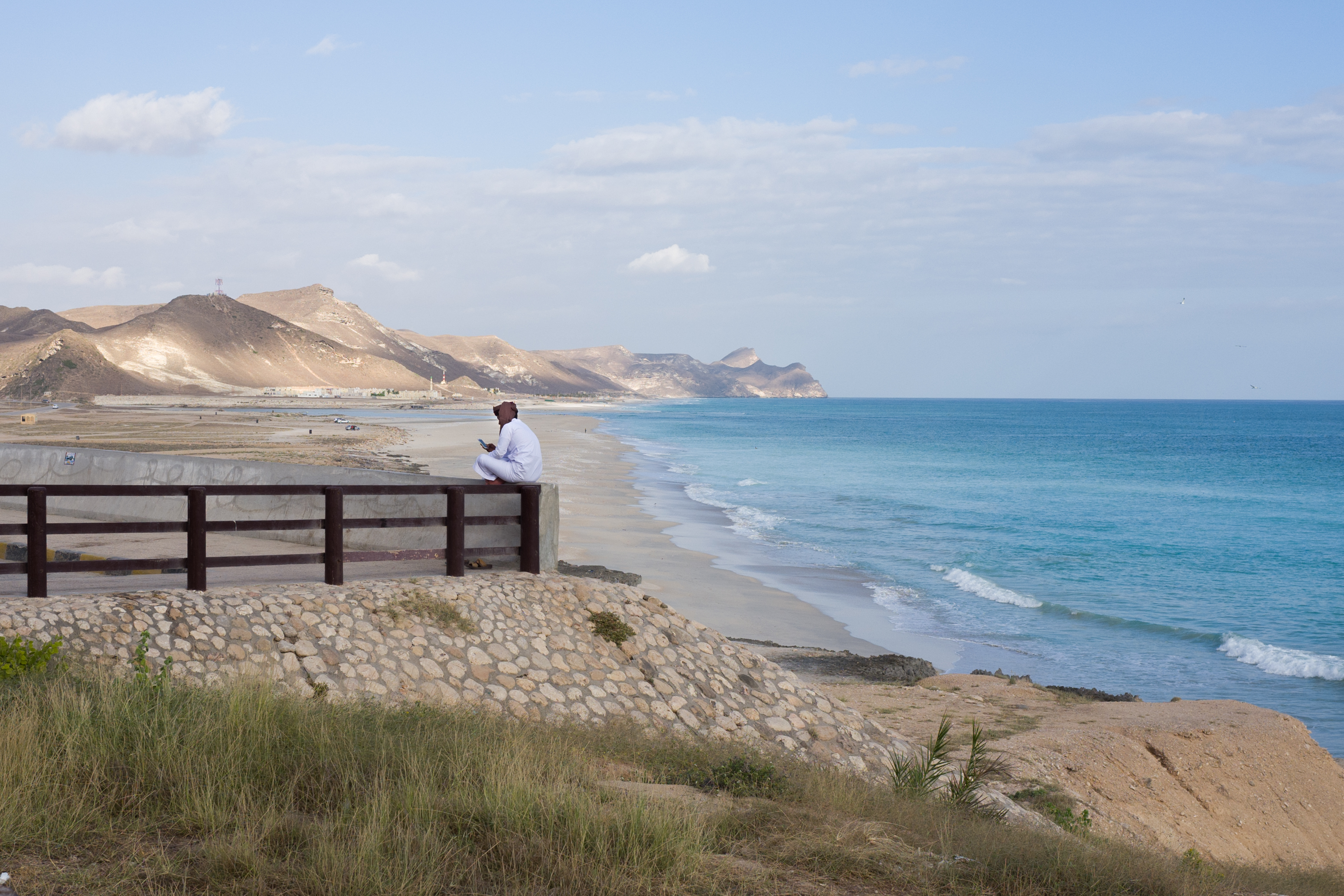
I took my Leica Q as my only camera. I could have taken the trusty X1 but the Q has served me very well in 2018 so it was the one. I have been into the one camera one lens philosophy for ten years now and my photography is all the better for it. But whatever floats your boat is the right choice. If you are happy with one camera, or heaven forbid two, and a bagful of lenses, go for it I say. I’ve been there and done that. I won’t pontificate at length about my choice of camera because at the end of the day to me it’s only the photos which count and if they were great and I had taken them with a Lomo it would be surprising but it would not matter.
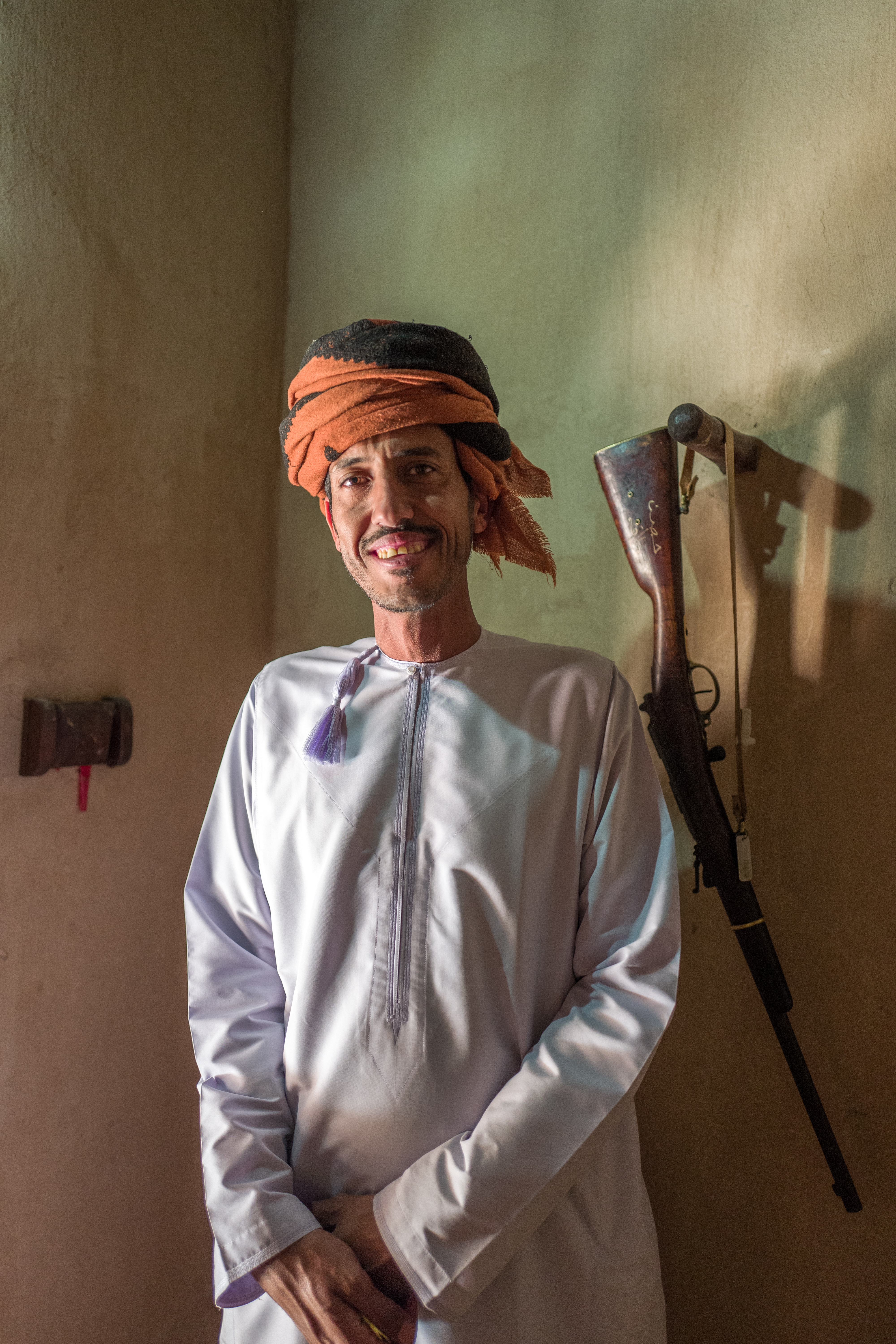
Leica Q
When I purchased my Q two years ago I also ordered the Leica grip which I had used right up until this trip. Then as I was packing the Q into its foam nest (eBay $7.50) at the bottom of my well-worn backpack (no fancy Billingham bag for me) I suddenly thought that the Q would be lighter and less bulky nude, without the grip. So the grip went onto that shelf in the cupboard where I put all the expensive things I have changed my mind about or should never have bought in the first place.
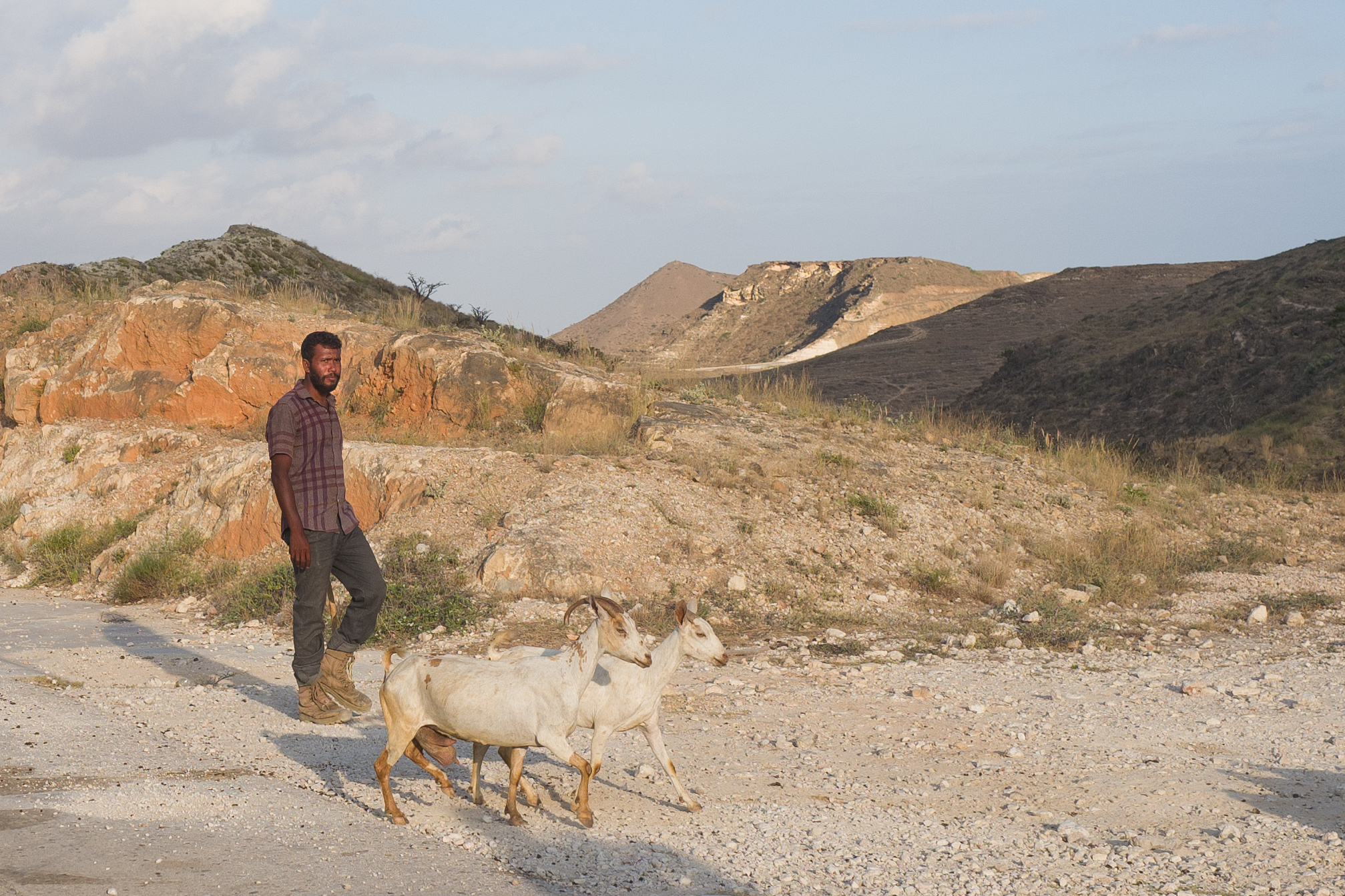
I took 239 photos on the trip of which I am happy with 38. I had the mental objective of coming back with twelve images I liked so photographically it was a very successful trip. I hope you enjoy the handful accompanying this story and if editor Mike will indulge me further I will present the stories behind some others later.
You can find more from John Shingleton at The Rolling Road and on Instagram at therollingroad.
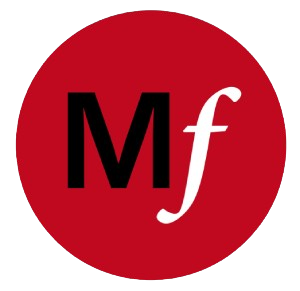
The portrait with the fellow and the carbine is excellent!
(PS: Mike, Liking the new site format!)
Thanks, Tuco
Always a treat reading about your travels and enjoy the pics. Last night I was rereading MOMA HCB and he was fascinated by movements of women in Burkas, but had a hard time framing them. Quote “One is always taken by surprise by these ladies, like Studebakers hard to tell if them come or go go.” I was wondering if you or Mr Fagan know or any Macfi contributor knows is there a reason for not many photos of them, are they shy or is there some sort of taboo ?
John, photographing women in Muslim countries without their permission is a big No,No. The guide books and tourism information for Oman specifically makes this point so obviously I did not do it.
Thank you John for the informative narrative, and the lovely images of a part of the world I know so little about. The opening image is excellent and shows all the things I wax lyrical about in Leica’s lenses, and why I love my X. Its tack sharp where it counts, and that bokeh is amazing.
This is a very fascinating report on “the state of the Oman nation”, John. Many thanks for both text and pictures. It is so interesting to see how your “one camera, one lens” photophilosophy works out in practice. I really admire the way you combine closeness and spaciousness – even in one image sometimes! Don’t know whether I shall ever get there, but meanwhile I’ll go back to looking at your photos whenever I need a tonic!
Glad you enjoyed Oman, John. Was that your guide going down the steps? He looks like our guide, Essa (or Issa), but then most Omani men dress the same – see my article on Macfilos about Oman from last August. You are right about Sultan Qaboos. What he has done in Oman is widely admired in the Gulf, but yet most of the neighbouring countries insist on building up to the skies. Qatar, where I lived, and Oman have remained very friendly despite all of the recent tensions in the region.
William
William, he’s just a local Omani- not a guide. As you say nearly all of them dress identically which can lead to embarrassing situations when you are trying to find your guide outside a tourist attraction.
David, Yes, all working ok. It is much more efficient in every respect. The good thing, too, is that most things are customisable, unlike with Squarespace which requires specialist help with anything unusual — and that help is difficult to obtain in direct contrast to the many WordPress experts and the large library of plug-ins to hand specific tasks. Altogether, a good move, I think.
John, I enjoyed your report on your interesting trip to Oman and also your delightful and informative photographs. You also prove what a capable travel camera is the well-endowed Leica Q. Yes, if possible, please post more examples from this trip because I doubt I will be passing that way any time soon.
(Comment to Mike. Assuming it works, how welcoming to have a customised comment panel. Thank you)